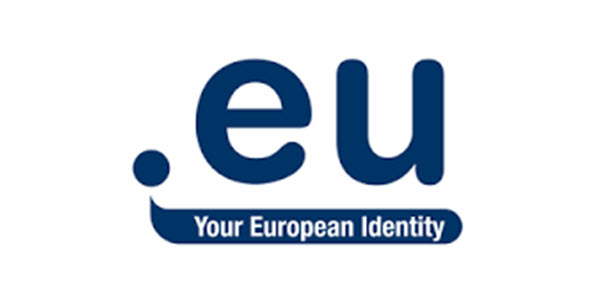In an effort to further understand its customers and maintain the .eu “competitive” edge, EURid has completed the first part of the .eu website categorisation.
200,000 domain names were crawled through and 81.67% were found to be connected to a web server. In addition, 88% of the active domain names had the potential for activation of mailboxes.
Subsequently, of the total domain names crawled through, 35 890 have been manually classified by the Milan based Italian cooperative “Opera in Fiore” according to the categorisation defined by several members of CENTR and based on NACE. The categorised websites were in different languages, mainly the 24 EU official languages.
 OnlineDomain.com Domain Name News & Opinions
OnlineDomain.com Domain Name News & Opinions




 OnlineDomain.com - © Copyright 2012-2025 - All Rights Reserved
OnlineDomain.com - © Copyright 2012-2025 - All Rights Reserved
It is an interesting graphic in that it provides the percentage breakdowns only apply to the 35,890 domain names rather than the 200,000 sample. That percentage of domain names is only 17.945%. I included a 2.245 million .EU web usage survey in web usage chapter of the Domnomics book.
Active: 11.48%
Brand Protection: 2.59%
Clone sites: 0.58%
In page redirects: 0.93%
External TLD redirects: 11.47%
Not found/forbidden: 3.32%
Holding pages: 21.19%
Internal site redirects: 2.69%
No HTML: 1.29%
Landers and affiliate pages: 0.01%
Matched external TLD redirects: 9.12%
Duplicate content: 1.59%
PPC: 4.04%
Generic redirects: 1.36%
Sale: 3.05%
HTTPS redirects: 2.75%
Unavailable: 0.62%
Social Media pages: 0.07%
Redirect to other .EU website: 2.21%
No website/no website response: 19.57%
What is missing from the Eurid effort is the percentages of redirects. The .EU is very much a successful gateway TLD where people go before being directed to the relevant ccTLD or .COM website. Brand protection registrations and their redirects to the registrant’s primary website is a very common feature in gateway TLDs. That’s the matched exernal TLD redirect % above.
One of the big problems for gateway TLDs is that the level of natural (in-TLD) development is much lower than ccTLDs. Eurid has been trying hard to get development and usage started in the ccTLD and it was still feeling the effects of the landrush fiasco over ten years later. That slowed the development of the.EU considerably. It is doing a lot better than many of the new gTLDs.